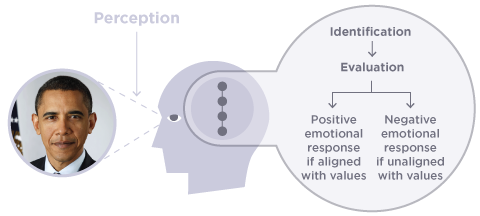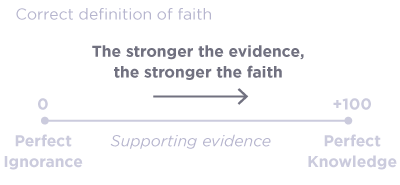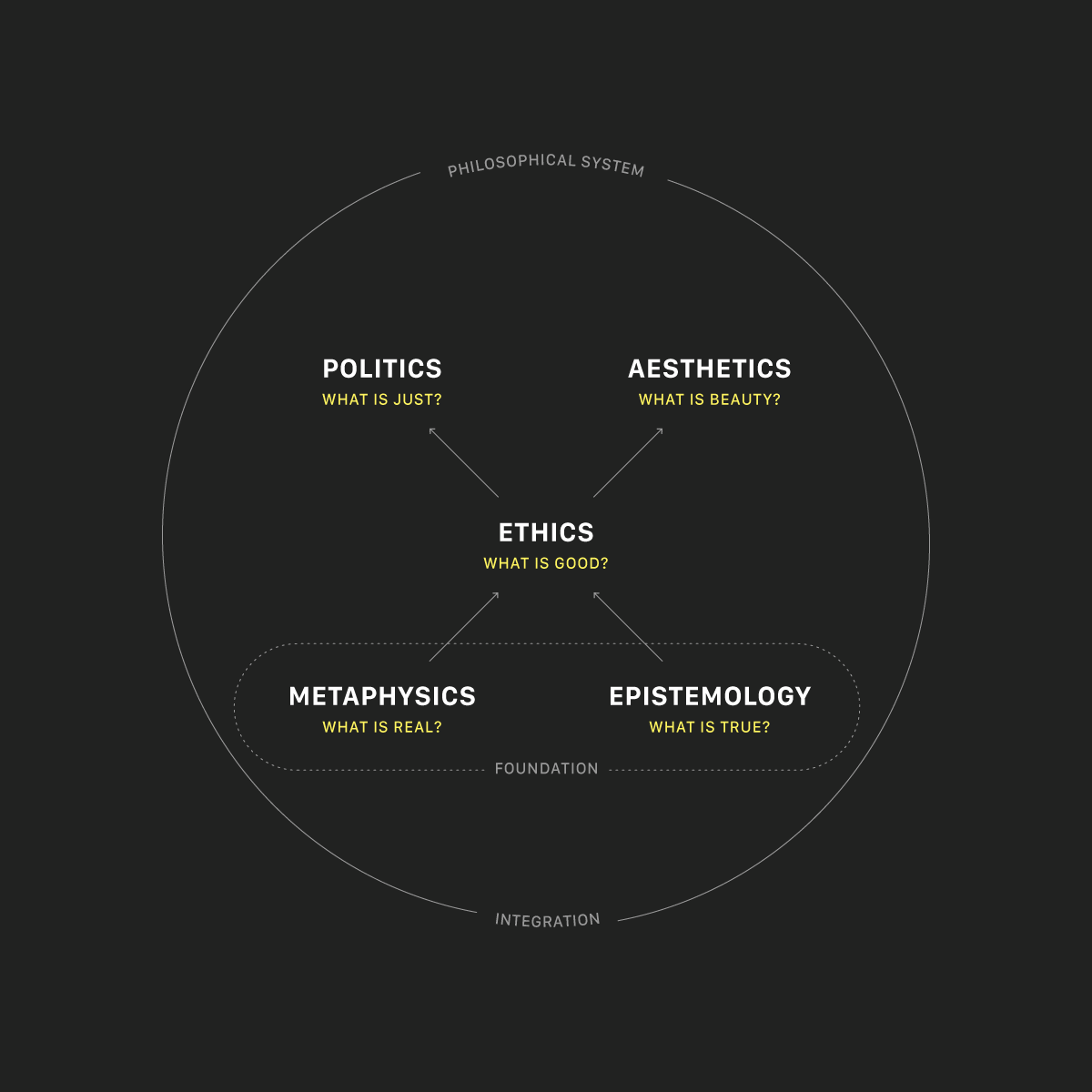A stereotype is a conceptual categorization often in reference to a group of people. Examples of stereotypes are: Jews are wealthier than white anglo-saxton protestants, blacks are more likely to be on welfare than whites, students in business are more conservative than students in the arts, men are stronger than women, homosexuals are effeminate etc.
The most important question regarding stereotypes is this: Is it more often the case that stereotypes reflect reality or more often the case that they affect reality?
Those who assume that reality is mostly socially constructed tend to reject the idea that stereotypes reflect reality. Those who believe in an objective reality that exists independently of beliefs and opinions are more likely to be suspicious of the effect of stereotypes on reality. I find myself in this latter group for the following reasons:
First, the human mind forms concepts based on differences and similarities between objects, events, and people. Our ancestors in our evolutionary past had a stake in forming correct concepts about their world. Those ancestors who took the time to see if every large feline they met was dangerous would not have survived long enough to pass on their genes while those who were able to make quick judgements in order to react would have more likely survived. In other words, concept formation is useful because it helps us understand the world our around us without having to engage in the impossible task of treating every experience as completely new and wholly uncertain. I suspect that most people would find this uncontroversial except when it comes to concept formation (i.e., stereotyping) about people.
The second and more convincing reason is this: the claim that human concept formation is merely socially constructed is self-refuting. An argument is self-refuting when it must assume the thing it is arguing against. The act of stating that something is true or false, or valid or invalid necessarily assumes the validity of concept creation. Therefore, rejecting the idea that stereotypes (in the sense of conceptual categorizations) in general reflect reality is also self-refuting. I qualify the previous sense with "in general" because I am not saying that all stereotypes are accurate. (That would be a false stereotype).
People don't hold stereotypes forever. As people live and engage with reality, people are often quite willing to change adjust their stereotypes. For example, my grandfather was a LA Firefighter during the Watts riots of 1965. Because of his harrowing experiences, my grandfather had formed some discriminatory feelings against blacks. However he also had many close associations with black co-workers for whom he had no negative feelings at all.
According to the cognitive scientist, Steven Pinker in his Pulitzer finalist book The Blank Slate,
"People's stereotypes are consistent with the statistics, and in many cases their bias is to underestimate the real differences between sexes or ethnic groups. This does not mean that stereotyped traits are unchangeable, of course, or that people think they are unchangeable, only that people perceive the traits fairly accurately at the time. Moreover, even when people believe that ethnic groups have characteristic traits, they are never mindless stereotypers who literally believe that each and every member of the group possesses those traits. People may think that Germans are, on average, more efficient than non-Germans, but no one believes that every last German is more efficient than every non-German. And people have no trouble overriding a stereotype when they have good information about an individual. Contrary to a common accusation, teachers’ impressions of their individual pupils are not contaminated by their stereotypes of race, gender, or socioeconomic status. The teachers’ impressions accurately reflect the pupil's performance as measured by objective tests."
As stated previously, accepting the general validity of stereotypes does not mean that all stereotypes are accurate. False stereotypes are likely to persist if there is no consequence for them persisting. And of course, stereotypes do not justify racism or sexism, though it does justify discrimination which is not a categorical evil. Stereotypes are not "simply human inventions that have done more harm than good." In fact it would be harmful to deny the realities reflected by stereotypes if our goal is to elevate cultures that disproportionately tend toward socially harmful behavior.
Check the comments for a good treatment of stereotypes in Steven Pinker's book The Blank Slate: The Modern Denial of Human Nature .





















